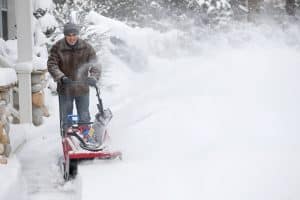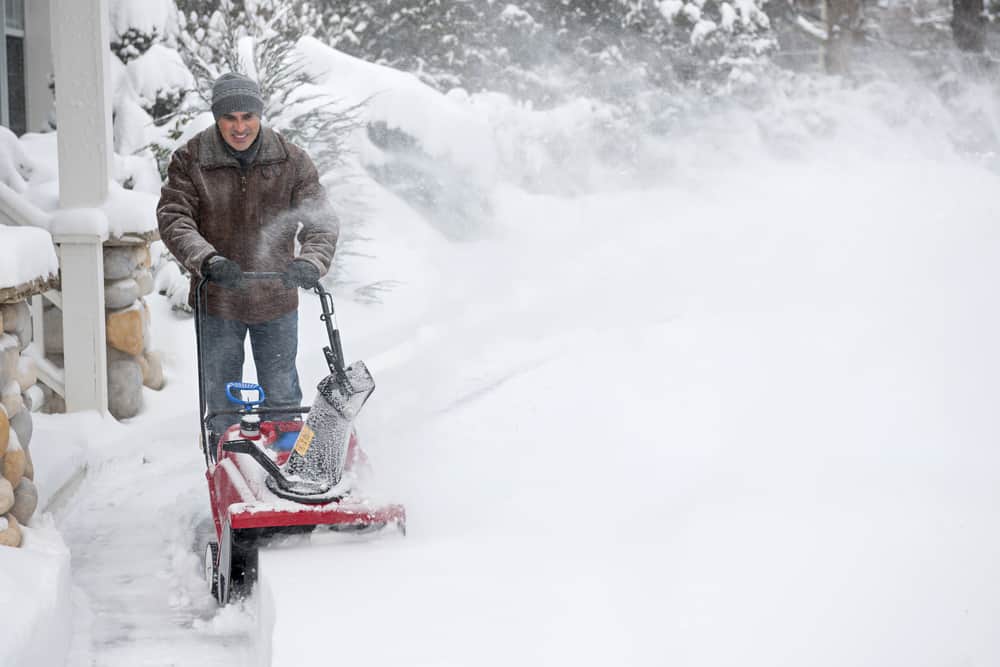December is around the corner, and snow has already started falling in some places. Although snow blowers aren’t exactly a necessity yet, they will be soon. There are plenty of “preseason” things you can be doing to maintain your snow blower.
Doing a routine check annually will make sure your snow blower is running exactly like it should be. Taking care of it will save you from worry and from the cost of replacing the entire machine. For extra info, check out Tips For Choosing a Snow Blower.

Inspect the Belts
Look over the belt system to make sure that there are no cracks or other damage. If the belts have damage or wear and tear, it would be a good idea to replace them.
An extra tip: Take a picture of the belts before replacing them, so you can remember exactly where they go.
Inspect the Auger Paddles
Take a look at the auger on your snow blower to see if it’s worn. Do the paddles reach the ground? If not, it’s time to replace them. You want to be sure that you’re getting the most out of your snow blower each time you use it.
Change the Oil
This is a smart move to make before your snow blower runs during the winter season. But before you change the oil, let the snow blower run for a few minutes to warm it up. When you go to drain the oil, it will flow a little bit easier.
Before you refill the oil, make sure the drain plug is on tight. Afterward, check to be sure that no oil is leaking.
Fill Up With Fresh Gas
Before taking the snow blower for a spin, fill it up with fresh fuel. If you can, use a fuel stabilizer as well. It can help keep your gas fresher for longer, and prevent clogs in the engine.
Not removing the fuel after the end of the season is harmful. It could leave varnish deposits, and cause issues with the engine that might stop it from starting or running properly.
Change the Spark Plug
You should check your spark plug after every season. Clean any debris around the spark plug to stop it from getting into the engine. Use a spark plug socket wrench to remove the spark plug, and inspect it for damage or deposits. Check out this guide if you are unsure: How to Read a Spark Plug.
When you install the new spark plug, be sure not to over-tighten it!
Doing a routine check on your snow blower every year will ultimately help you get the most out of it, and will give it a longer lifespan so you can use it time and time again.



